In a fiery and unexpected statement, President Donald J. Trump has ignited an industry-wide firestorm by declaring that “The Movie Industry in America is DYING a very fast death.” Citing international incentives as a threat to Hollywood’s global dominance, Trump announced a sweeping proposal: a 100% tariff on any and all movies produced outside the United States. The move, framed as a national security issue, is already being compared to historical protectionist policies — but this time, it targets art, culture, and cinematic expression on a global scale.
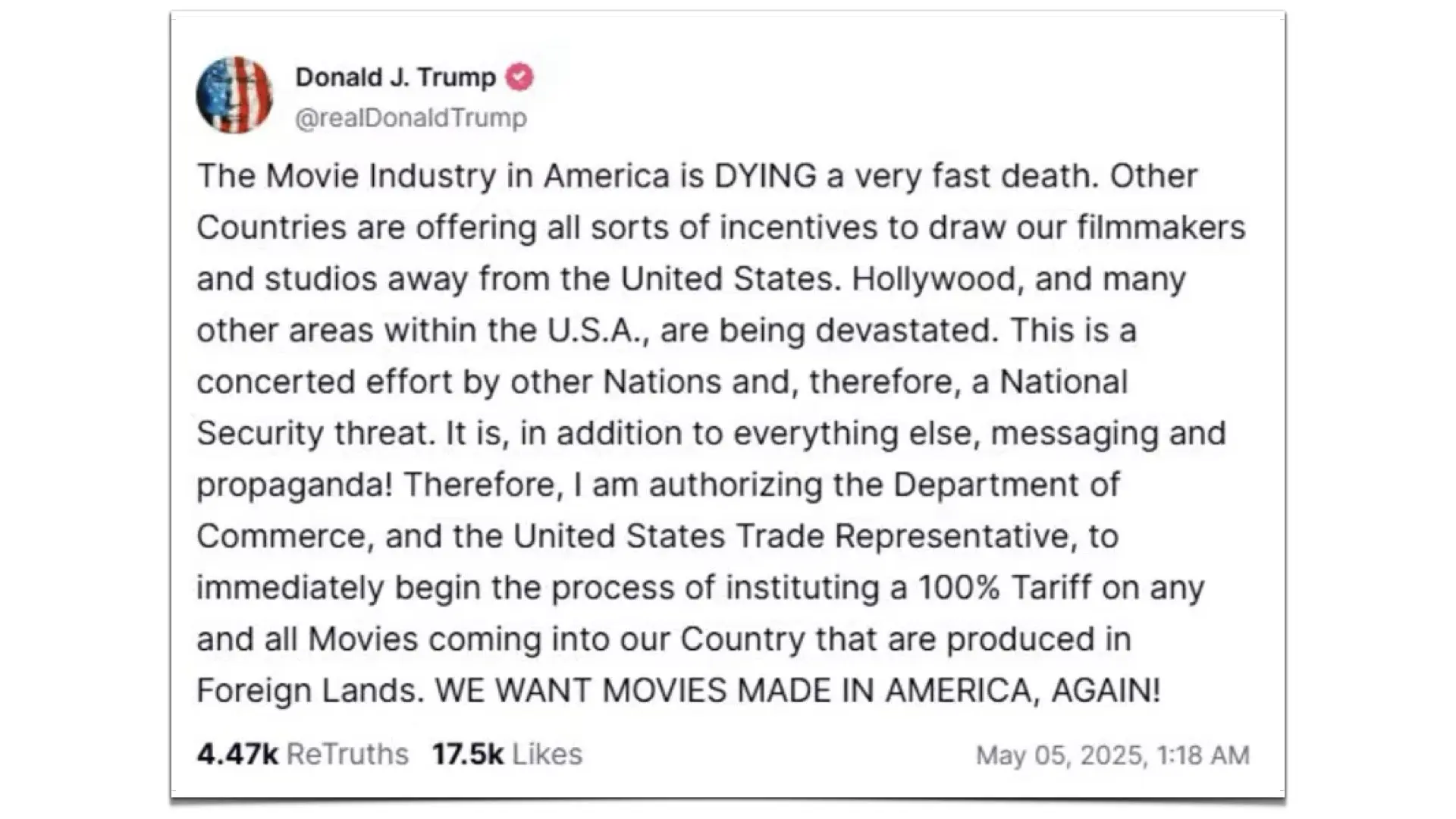
The Movie Industry in America is DYING a very fast death. Other Countries are offering all sorts of incentives to draw our filmmakers and studios away from the United States. Hollywood, and many other areas within the U.S.A., are being devastated. This is a concerted effort by other Nations and, therefore, a National Security threat. It is, in addition to everything else, messaging and propaganda! Therefore, I am authorizing the Department of Commerce, and the United States Trade Representative, to immediately begin the process of instituting a 100% Tariff on any and all Movies coming into our Country that are produced in Foreign Lands. WE WANT MOVIES MADE IN AMERICA, AGAIN!
President Donald Trump
This proclamation has flooded social media and newsrooms across the globe, and although Y.M.Cinema is admittedly a bit late to publish this (better late than never!), it’s impossible to ignore the seismic impact this could have on an already fragile industry.
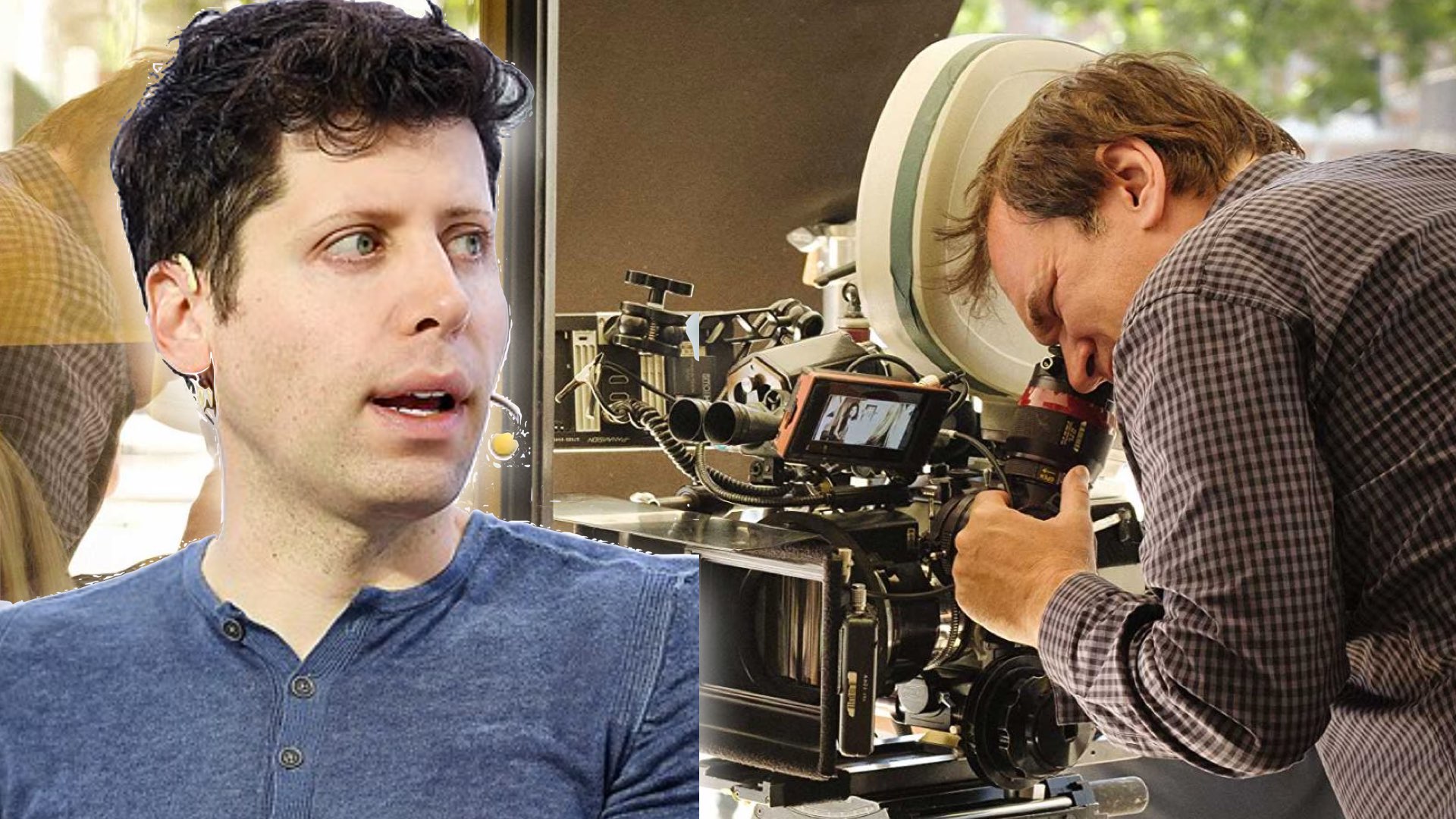
What Does Trump’s Tariff Mean for Filmmakers?
At its core, this move signals a pivot toward economic nationalism in cultural production. If enforced, this tariff could drastically raise the cost of importing foreign films into the U.S., effectively pricing out many indie and international productions from American theaters and streaming platforms. For U.S.-based filmmakers, this might seem like a boon: fewer foreign competitors, more demand for locally made content. However, the reality is far more complex — and potentially harmful. As we’ve previously explored in Hollywood’s Future: How AI and New Technology Are Transforming the Industry, the American film industry is already undergoing rapid disruption. AI, virtual production, and new distribution channels are reshaping the business landscape. Adding political unpredictability to that mix may deter investment, hinder international collaboration, and ironically, weaken the very industry this policy aims to protect.

Many of the most innovative and artistically significant films in recent years have been created by international independent filmmakers. These creators — often underfunded and fiercely visionary — fuel the diversity and dynamism that defines modern cinema. Film festivals like Cannes, Venice, Berlin, and even Sundance (despite being U.S.-based) routinely elevate foreign filmmakers, who bring cultural nuance and experimental styles that American studios often overlook.
A Blow to Global Cinema and Film Festivals
While the policy’s nationalist undertone champions “America First,” its implications stretch far beyond U.S. borders. Many of the most innovative and artistically significant films in recent years have been created by international independent filmmakers. These creators — often underfunded and fiercely visionary — fuel the diversity and dynamism that defines modern cinema. Film festivals like Cannes, Venice, Berlin, and even Sundance (despite being U.S.-based) routinely elevate foreign filmmakers, who bring cultural nuance and experimental styles that American studios often overlook. From Parasite to Drive My Car, recent Oscar winners are evidence that cinematic excellence is not bound by geography. A 100% tariff, if implemented, could discourage distributors from taking the financial risk of importing these international gems, depriving American audiences of fresh perspectives and hindering global artistic dialogue. In effect, the U.S. could become culturally insular at a time when cinema thrives on cross-border collaboration.

The Camera Tariff Echo
It’s also worth noting that Trump’s trade posture has already made headlines in our coverage of his tariff strategy in the tech and gear sector. As detailed in How Trump’s Tariffs Could Raise the Price of Your Favorite Cinema Cameras, proposed tariffs on imported imaging equipment — many of which are built in Japan, Germany, and China — could increase production costs for U.S.-based filmmakers. Now, we’re looking at a two-pronged tariff policy: on both tools and finished products. In other words, you’ll pay more to make films in the U.S., and you’ll pay more to watch those made elsewhere. This could stifle low-budget filmmaking and make American productions paradoxically more dependent on international post-production, VFX, and financing — which are often outsourced overseas.
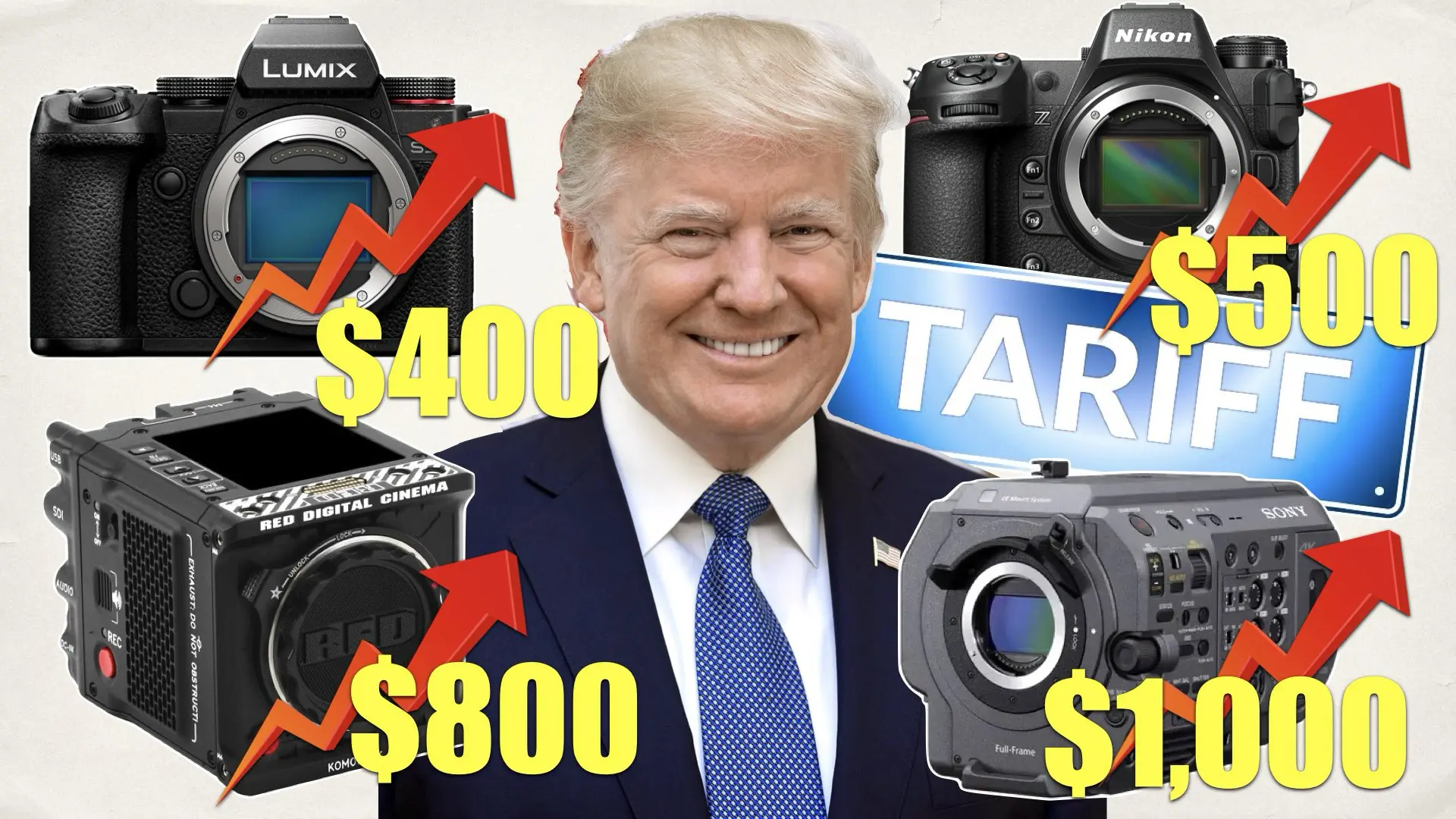
Propaganda and the National Security Frame
Perhaps most controversially, Trump labeled the foreign film influx as “messaging and propaganda”, suggesting that foreign-produced films may subtly shape American public opinion against national interests. This characterization echoes Cold War-era paranoia and opens a dangerous path toward censorship under the guise of patriotism. Cinema has always been a platform for political, social, and artistic expression. Labeling it as a potential national threat could result in a chilling effect on filmmakers — both foreign and domestic — who challenge dominant narratives or criticize authority.
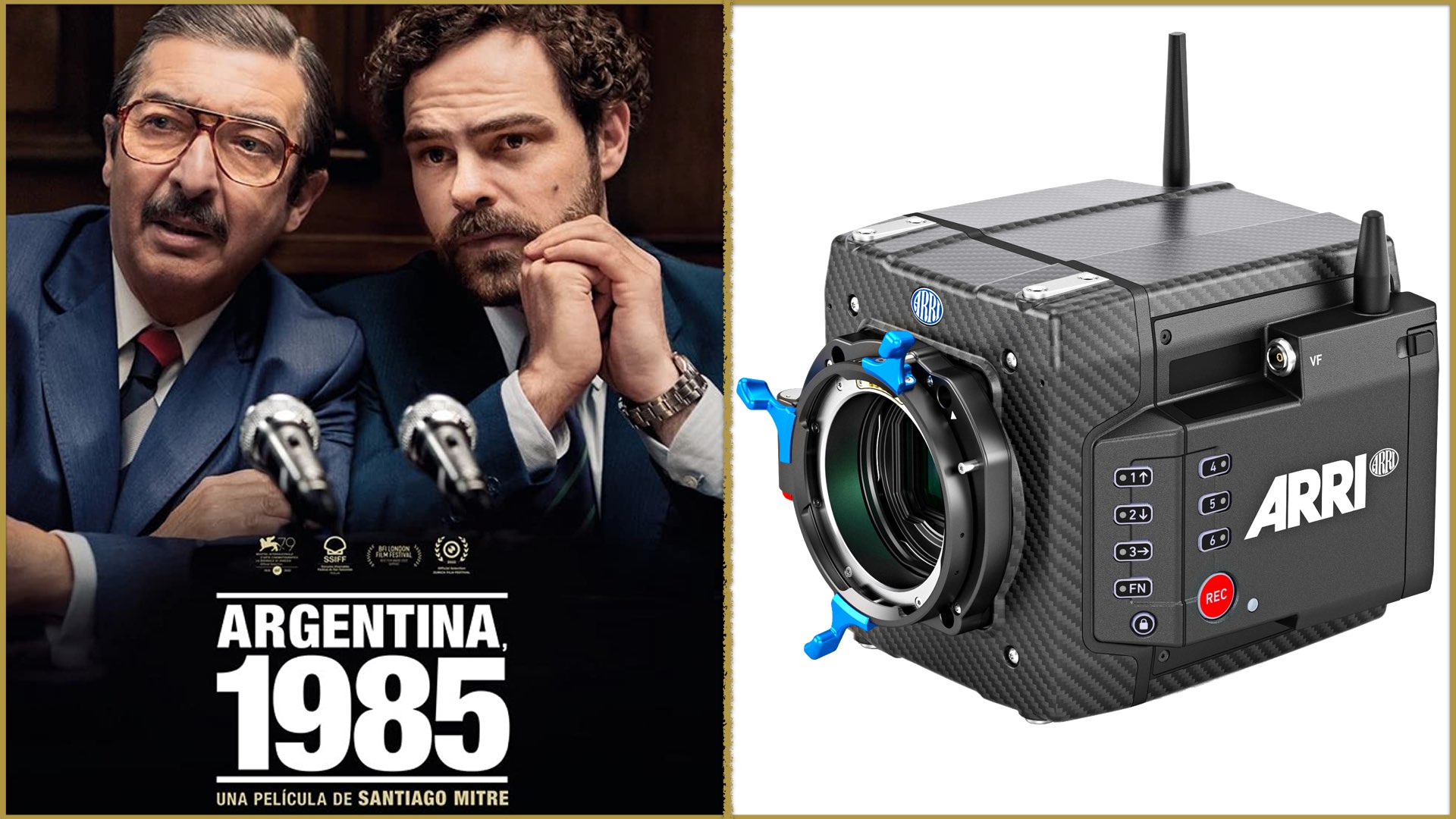
Is There a Silver Lining?
Absolutely. Despite the looming policy threats, this summer is shaping up to be one of the most exciting cinematic seasons in years. A barrage of big-budget tentpoles are set to light up the box office: F1 (directed by Joseph Kosinski and starring Brad Pitt), Superman by James Gunn, and the much-anticipated Mission: Impossible 8, which could potentially be Tom Cruise’s final outing as Ethan Hunt. These films remind us that Hollywood still knows how to thrill — and that audiences are hungry for immersive, spectacular storytelling. Studios have learned to pair nostalgia with innovation, and this summer could serve as a much-needed commercial rebound for American cinema. Moreover, American filmmakers and studios can use this moment to rethink their global strategy. Instead of building walls, it may be wiser to build bridges — forming co-productions, leveraging international talent, and embracing technological evolutions such as AI and virtual production to lower costs and boost output, as explored in our ongoing coverage.

Final Thoughts: The Soul of Cinema Isn’t Nationalized
At Y.M.Cinema, although we LOVE Trump, we believe that cinema is inherently global. While policies may come and go, the artistic soul of filmmaking transcends borders. The real threat isn’t foreign films — it’s the erosion of creative freedom, accessibility, and artistic diversity. Trump’s proposal will no doubt be debated, challenged, and possibly diluted before becoming actionable. In the meantime, filmmakers — American and international — must continue to push boundaries, tell essential stories, and connect with audiences worldwide. As we head into a thrilling summer at the box office, we’re reminded that no tariff can block inspiration.

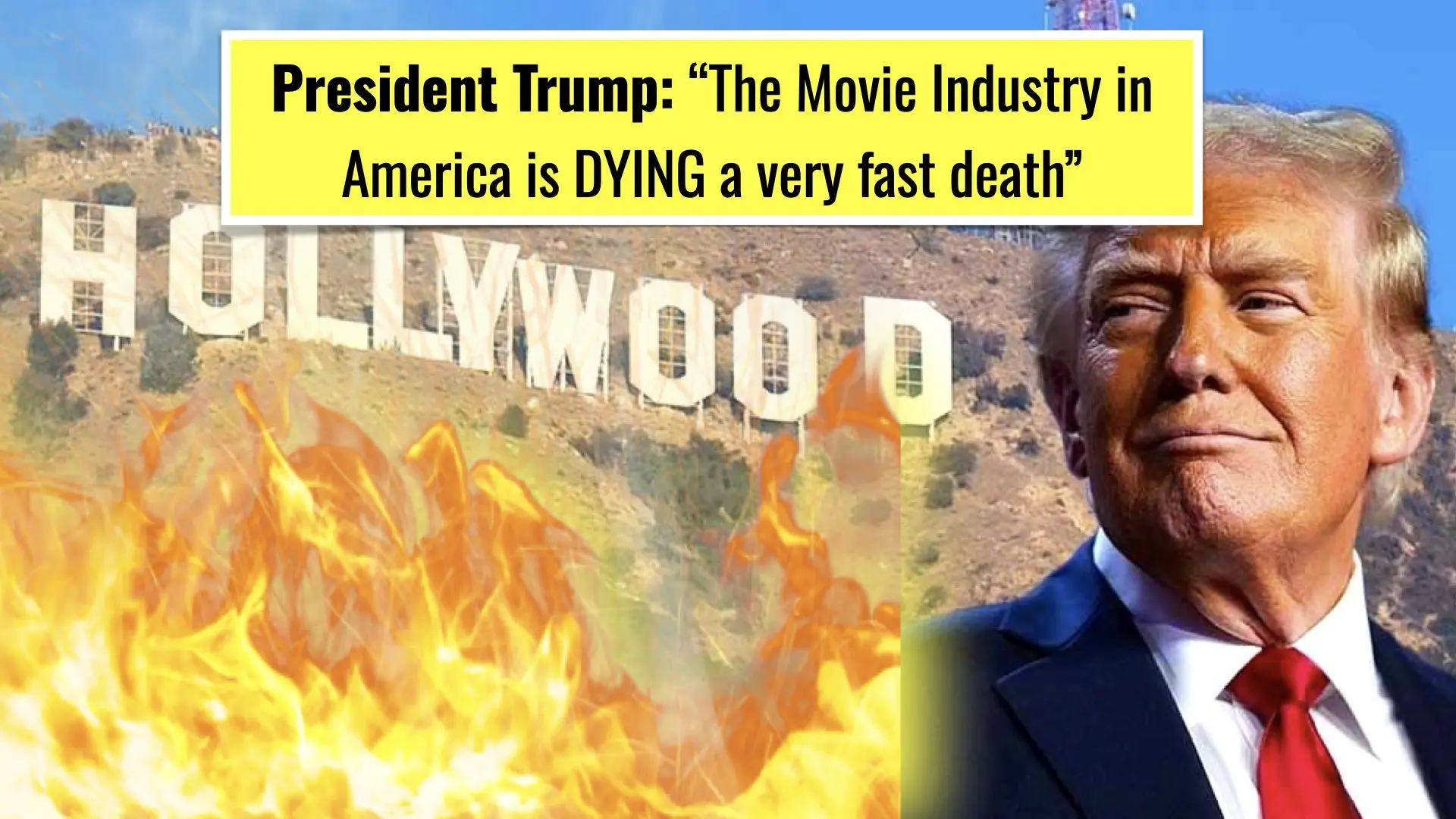
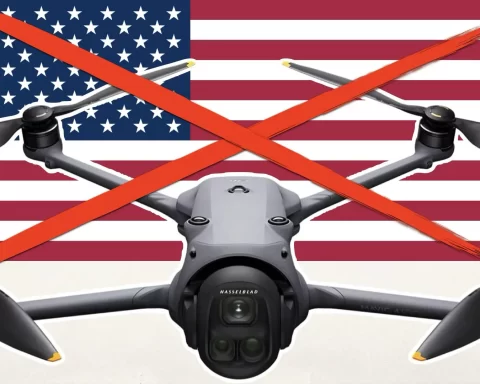
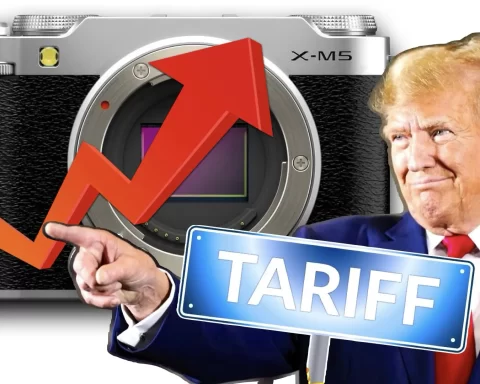

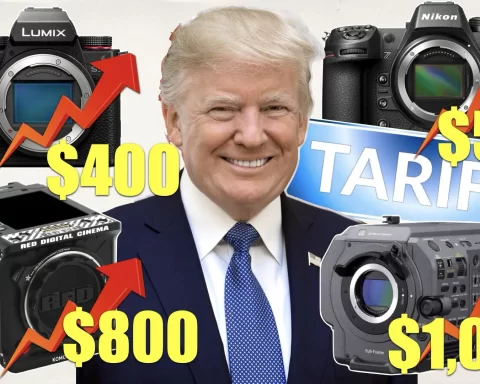
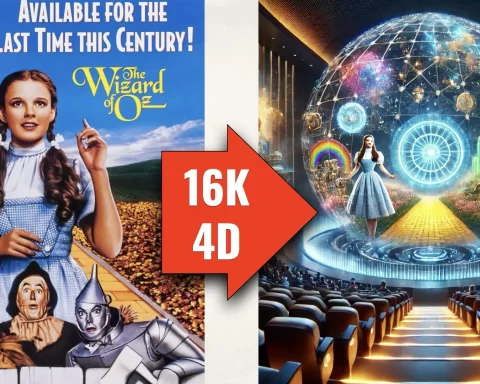
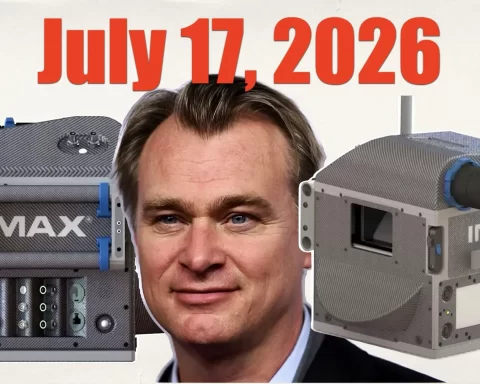

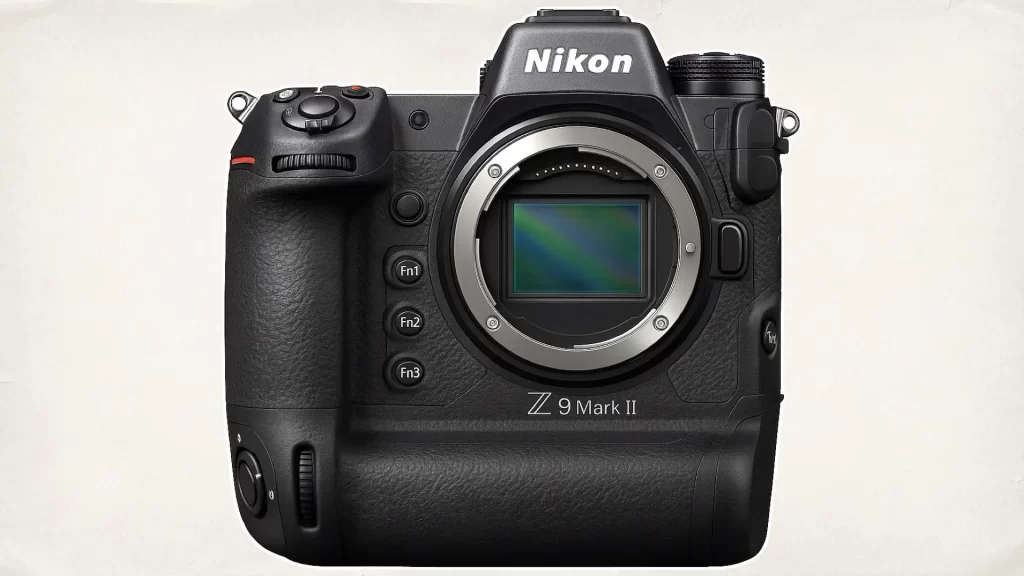


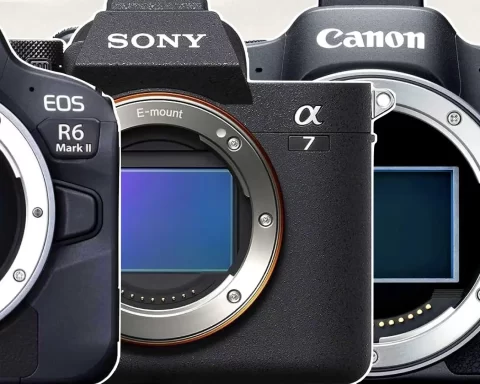


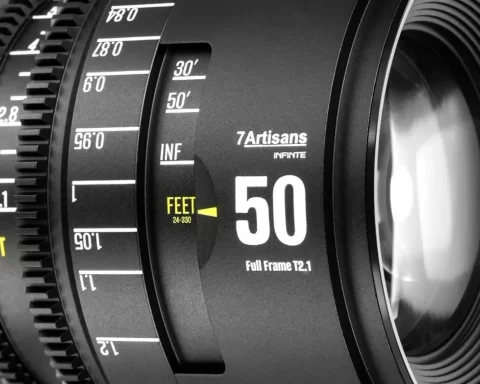

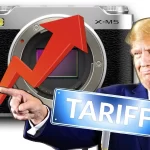
wait,
you’re openly pro-trump?
You love the orange traitor whose administration is randomly ABDUCTING citizens as well as visiting foreign nationals and destroying the US economy?
Are you truly that stupid?
I never thought much of your “what if”s. But a Trump lover. I’m outta here.
It’s hilarious how brainwashed people in the comments seem to be, unable to accept the opinions of others in their narcissistic world. Everyone has the right to view the world subjectively, however he wants to. Some prefer to live in programs their used to, which is what it is.
Hey Michael K. You’re totally right to say that everyone is entitled to their opinion. You’re comment is equally judgemental, though.
It’s just dissapointing that even on a nice blog like this, politics is involved.
Why lose the neutrality of your content by saying in all caps that you love trump. This shouldn’t be a place for propaganda.
That’s kind of provoking your readers, no? It makes you wánt to choose sides.
Anyway.
I’ll keep reading.
cheers
So much production/post is transnational for a movie that I don’t know how you would accurately apply a tariff. But more “US” productions actually shot in the US instead of Canada would be a good thing for national job creation. A lot of productions in the 1990s-2000s benefitted the local economy in places like North Carolina, Georgia and Louisiana when shooting in LA was too expensive and Vancouver/Toronto were not feasible.